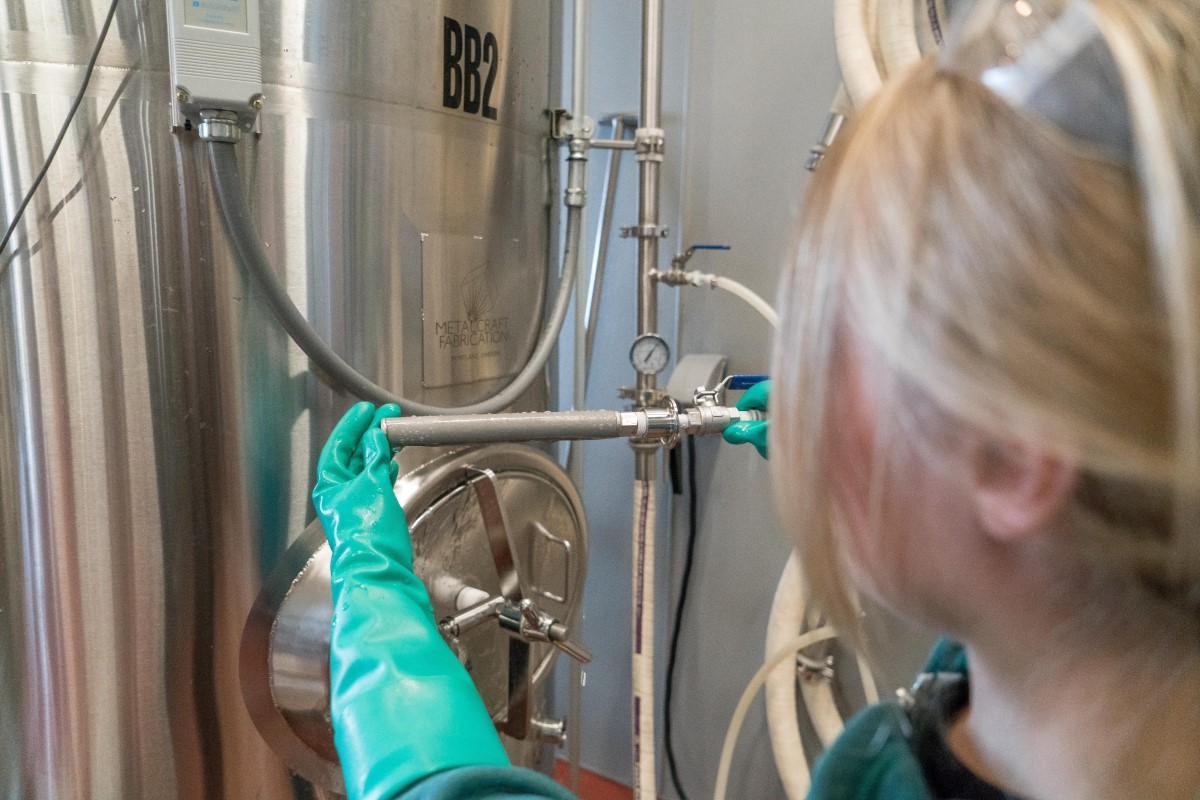But my hands aren't wet?
Published: 13/03-2020 | Readtime: 1m 47s
The pesticide container has a large black and orange cross, so I'd better put on a pair of rubber gloves. Most of us think so automatically, when we need to handle chemicals. It's also a good start. But there's still a bit of way to go. This should be a desire for personal protection of yourself and your body.
Your rubber gloves may be broken a long time before any actual breach. The dangers are often invisible and long-term in terms of injuries from chemicals.
Here you get some simple tips to fully reach your goal of personal occupational safety for your hands.
When working with chemicals you should learn the word "permeation time".
Even though the hand is dry, the substances break through the glove anyway.
For you to be sure, always read the safety data sheet for the product you are going to handle. Here you will see what personal protective equipment you need; including chemical gloves.
There are different rubber types for different chemicals. It can be challenging to find your way. That's why Stennevad always provides expertise and knowledge available to you and your colleagues so that we jointly reach the most optimal chemical glove for each task.
Category 3 gloves are approved according to the European EN374 standard. Stennevad cooperates with Ansell, who has been among the leaders in the production, testing and documentation of work gloves for handling chemistry and the like for many years. They, like us, recognize the essentials of testing and documentation.
Without basic knowledge, customers end up with a wrong product that can lead to long-term sickness and occupational accidents.
When we look for chemical gloves of the right design, we are not afraid to seek second and third opinions. Just to be sure on your behalf.
These words should not be strange to you and your colleagues
Safety Data Sheet (on the substance (s) to be used)
CAS number
Permeation
EN374
Category 3

